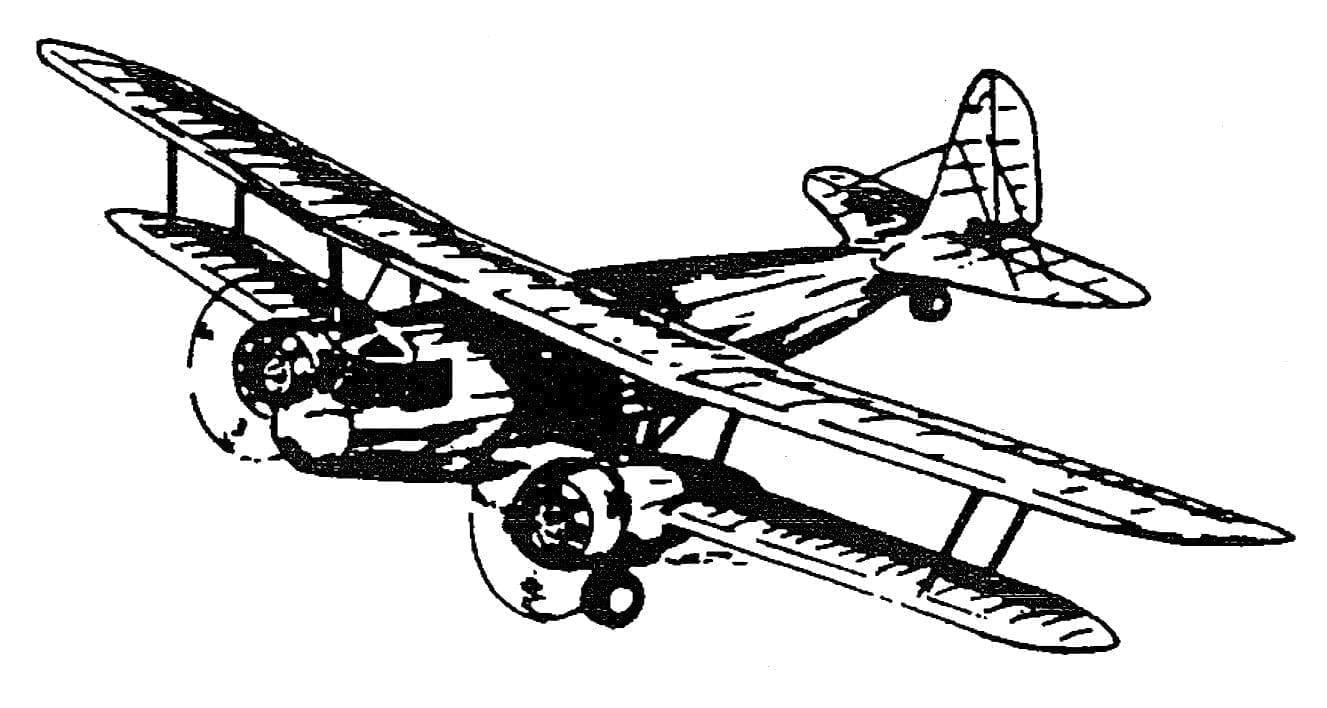
Beside that there’s a coin racing mode where you can explore the level and collect coins for the in-game store. The game features 24 tracks separated in circuit races (round tracks with 5 laps) and sprint races (A to B races, no rules, as fast as possible). More than 20 cars can be unlocked within the game and the car pimp shop lets you customize you RC car by changing the color, the wheels and the antenna. Let me know what other questions you have, post your progress in a thread or here, and GOOD LUCK.RC Mini Racers is a fast paced and explosive racing game with 20+ remote controlled mini cars, lots of missiles and mines, turbos for an extra boost as well as great hard rock music. I made additional bracing in the pylon to distribute the load, but it's not the only way. Also, you have to think about how the landing loads will be transferred to the fuse. Clearly, this needs to be redesigned to be strong around the wheel wells. I had to shorten the lever that drives the torsion bar (yup, picts of this earlier too ).Īs these plans did not consider retracts, you will remove some very real structure from the plane to get the gear in. For my setup, I needed 100% of the travel. You will want to provide some means to access this for maintenance (see my approach earlier in thread). The mount for this will be very high in the fuse. I used 2 bearings on each one (see pictures earlier). Again, mine were assembled at slightly different angles, so the mount needs to be custom for each side. Next you need to locate the position of the torsion bar mount in the fuse. It also needs to be mounted just high enough in the fuse so that when the wheel is retracted that it just clears the floor of the wheel well.


This needs to be set at just the right angle so the wheel sits perpendicular to the ground in both the down and up position. The first thing to get set is the base plate for the gear (the one with 4 bolt holes). So everything I did was custom fitting each gear to the plane. Don't know about your gear, but mine were clearly made by hand. But, if you review the beginning of this thread you will see lots of picts and description of what I did to get the gear in.Īs for guidance with angles. Mike, I'll try and provide some additional guidance. Any chance you could possibly give more details of how you have the main retracts mounted, eg mounting plate angle etc and any modifications you made? I have the same retracts, I was going to make a dummy centre sectin so I could play with the retracts and get the best munting solution before i stumbed on your thread ( very nice work). I am shortly going to start building the same plane. Here's some picts of the right outer panel and the center section on the fuse. Even still, a lot of dry fitting and aligning while clamping was required. This is only possible because a key section of the spar is already part of the pylon and the designer created interlocking parts. The center section will be built "in the air" right on the pylon. The 2 outer sections of each side will be joined once built. I've decided to build the wing in 5 sections. Here the nacelles are small and they are designed integrally with the wing spar. Typically, the nacelles are built separately (like on my A-26) because they are quite large holding the main landing gear. The center section embeds the 2 nacelles. And the wing uses a slightly semi-symmetrical airfoil.

But the removable sections contain both constant chord and tapered sub-sections. A narrow center section is fixed to the pylon with 2 removable sections (typical). The top of the wing is flat tip to tip (no dihedral), but the bottom of the tapered sections do taper up to the tip. What looks on the surface to be a fairly simple wing is actually more complex than I had expected. I'm open to other ideas and suggestions as this is my first water borne aircraft. This is the only hatch that will not be sealed. There will be a hatch at the top of the pylon that will get me access to switches, charging ports, and air fill valve. The main canopy will also get sealed with silicone to help keep water out.
Rc mini racers catalina free#
Clearly the silicone will need to be cut free when the hatch needs to be removed in the future, but that's not needed as a daily access item. Once the plane has been tested on land to confirm the gear works properly, I will use silicone to make the hatch water tight. I've built sufficient structure under the planking in this area to allow me to cut it free and have it hold it's shape. In the picture below I've put a red dashed outline on what will be a hatch. Access to the linkages under the center pylon will be through a side hatch. This will allow for access to the air cylinders. The retracts are accessible from the cockpit area and from waist gunner position. I have to ask, what kind of access will you have into the fuse especially the retract area?Great question.


 0 kommentar(er)
0 kommentar(er)
